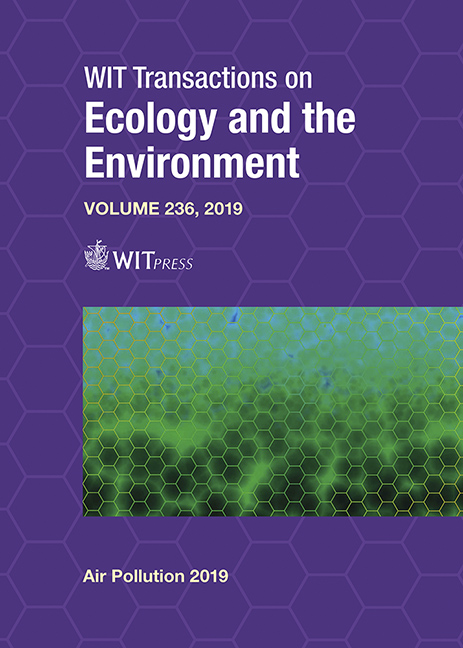INFLUENCE OF SPATIAL RESOLUTION IN MODELING THE DISPERSION OF VOLCANIC ASH IN ECUADOR
Price
Free (open access)
Transaction
Volume
236
Pages
12
Page Range
67 - 78
Published
2019
Size
840 kb
Paper DOI
10.2495/AIR190071
Copyright
WIT Press
Author(s)
RENÉ PARRA
Abstract
Volcanic ash produces air pollution and other impacts. Regions potentially affected require information about the possible ash dispersion trajectories and affected zones by ash fallout. In the last 19 years, five volcanoes in Ecuador have produced moderate to large explosive eruptions. Information about the volcanic ash dispersion in forecasting time is a priority in Ecuador. Eulerian models can provide results with high spatial and temporal resolutions. However, they need to solve huge amounts of equations, demanding plenty of computational resources when using high spatial resolutions. It is necessary to define a pragmatic spatial resolution, suitable to compute volcanic ash dispersion, both in forecasting time and with enough accuracy. For this purpose, we simulated the meteorology over Ecuador, using the Weather Research and Forecasting (WRF3.7.1) model with spatial resolutions of 36 km, 12 km, 4 km, and 1 km. Meteorological outputs were used into the FALL3DV7.1.4 model to simulate ash dispersion from four eruptions (Tungurahua volcano: 16 December 2012, 14 July 2013 and 1 February 2014; Cotopaxi volcano: 14 August 2015). We compared modeled ash fallout results with records from ash meters around these volcanoes. The coarser resolutions of 36 km and 12 km, provided low modeling performances, with values of the linear correlation coefficient (R2) between 0.00 to 0.79; and 0.28 to 0.46 respectively. Modeling with 4 km improved the performance, reaching values of R2 between 0.56 to 0.98. The resolution of 1 km got the best performance, with R2 between 0.70 to 1.00. Nevertheless, when working with 1 km, it demanded about 20 computational times in comparison with 4 km. These results suggest that for the Ecuadorian case, the resolution of 4 km is a good compromise for generating volcanic ash dispersion in forecasting time, with proper modeling performance.
Keywords
WRF, FALL3D, forecasting time, Cotopaxi, Tungurahua





